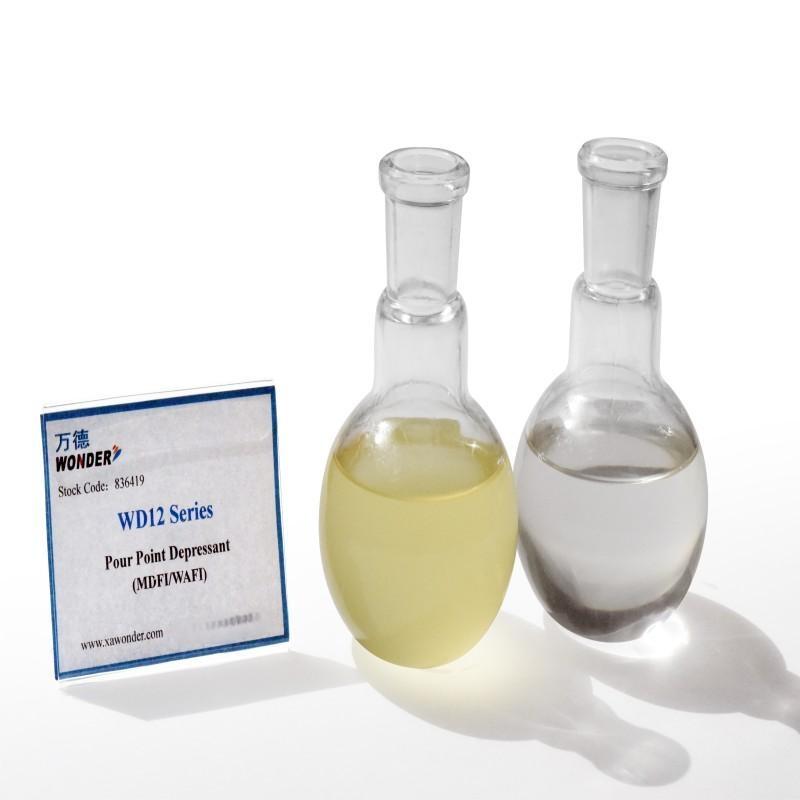-
Categories
-
Pharmaceutical Intermediates
-
Active Pharmaceutical Ingredients
-
Food Additives
- Industrial Coatings
- Agrochemicals
- Dyes and Pigments
- Surfactant
- Flavors and Fragrances
- Chemical Reagents
- Catalyst and Auxiliary
- Natural Products
- Inorganic Chemistry
-
Organic Chemistry
-
Biochemical Engineering
- Analytical Chemistry
-
Cosmetic Ingredient
- Water Treatment Chemical
-
Pharmaceutical Intermediates
Promotion
ECHEMI Mall
Wholesale
Weekly Price
Exhibition
News
-
Trade Service
News on October 14, investors digested stronger-than-expected U.
S.
inflation data, the International Energy Agency warned that OPEC+ production cuts could tip the global economy into recession and the impact of weekly growth in U.
S.
crude oil supply that exceeded expectations, but crude oil futures closed higher
for the first time in four days after distillate inventories fell by nearly 5 million barrels per week.
November futures for West Texas Intermediate crude on the New York Mercantile Exchange rose $1.
84, or 2.
1 percent, to settle at $
89.
11 a barrel.
Brent crude for Ice, the global benchmark for December, rose $2.
12, or 2.
3 percent
, to $94.
57 a barrel.
Back on the New York Mercantile Exchange, gasoline prices rose 2.
8 percent to $
2.
7034 a gallon in November.
Dow Jones market data showed that heating oil HOX22 rose 4.
1% to $4.
0948 a gallon in November, the highest level
for the closes of front-month contracts since June 28.
Natural gas rose to $6.
741/MMBtu in November, up 4.
8%.
Crude oil prices closed higher
after falling in early trading.
Domestic distillate supplies, including heating oil, fell by 4.
9 million barrels
in the week ending Oct.
7, according to U.
S.
government data released Thursday.
Phil Flynn, senior market analyst at Price Futures Group, said: "When you take a step back and look at this report from a bird's-eye view, the market is starting to be very worried about distillate supply – especially as winter approaches
.
" Flynn said the recent market weakness on concerns about Fed rate hikes and a stronger dollar "now translates into the fact that
supply is dangerously low as winter approaches.
" ”
Data released by the United States on Thursday morning showed that the year-on-year increase in the consumer price index (CPI) fell to 8.
2% in August from 8.
3% in August, while the core CPI, which excludes volatile food and energy prices, rose to 6.
6%
on an annualized basis.
Both figures were higher than the expectations
of economists surveyed.
The data briefly triggered a sell-off in assets, but oil prices rose and the US benchmark stock index also moved higher
.
Meanwhile, the International Energy Agency said in a monthly report that the Organization of the Petroleum Exporting Countries (OPEC+) and its allies decided last week to cut oil production by 2 million barrels per day, which could push up oil prices amid already elevated inflation and weak economic growth, exacerbating the global energy crisis
.
On Thursday, the U.
S.
Energy Information Administration reported that U.
S.
crude inventories rose by 9.
9 million barrels
in the week ended Oct.
7.
According to a survey conducted by S&P Global Commodity Insights, analysts on average expect oil prices to rise by 2.
2 million barrels
.
After being at record lows for much of 2022, U.
S.
crude inventories have risen due to weaker seasonal demand and the release of the Strategic Petroleum Reserve," said Peter McNally
, Global Head of Industrial Materials and Energy, Third Bridge.
SPR crude inventories fell by 7.
7 million barrels
last week before the increase in crude supply, EIA data showed.
Crude oil inventories
in Cushing, Oklahoma.
However, the New York Mercantile Exchange (Nymex) delivery center fell by 400,000 barrels
last week.
Flynn said the oil market is increasingly worried about SPR
.
Many believe the reduction in SPR is "purely political" and will "end up facing an even tighter supply situation as we head into deep winter.
"
In addition to the sharp decline in distillate inventories, the U.
S.
Energy Information Administration report shows that gasoline inventories increased by 2 million barrels
per week.
Due to Monday's federal holiday, the U.
S.
Energy Information Administration released the data a day
later than usual.
The S&P Global Commodity Insights survey had projected a reduction of 2.
1 million barrels in gasoline and 2.
3 million barrels in distillates
.
"While the weekly numbers are very volatile, U.
S.
gasoline demand has fallen significantly below
2020 consumption levels as the economy is just beginning to recover from lockdown," McNally said.
He also added that Hurricane Ian could affect the data
.
In addition, the EIA reported on Thursday that U.
S.
domestic natural gas supplies increased by 125 billion cubic feet
in the week ending Oct.
7.
By comparison, according to a survey conducted by S&P Global Commodity Insights, the average analyst forecast is an increase of 123 billion cubic feet
.
Total inventories remain below the average
of a year ago and five years.
On Wednesday, the EIA released its monthly short-term energy outlook, cutting its forecasts
for WTI and Brent crude oil prices in 2022 and 2023.
The government agency also warned in its Winter Fuel Outlook that heating costs for many U.
S.
households could rise
sharply this winter due to expectations of higher natural gas and heating oil prices.







